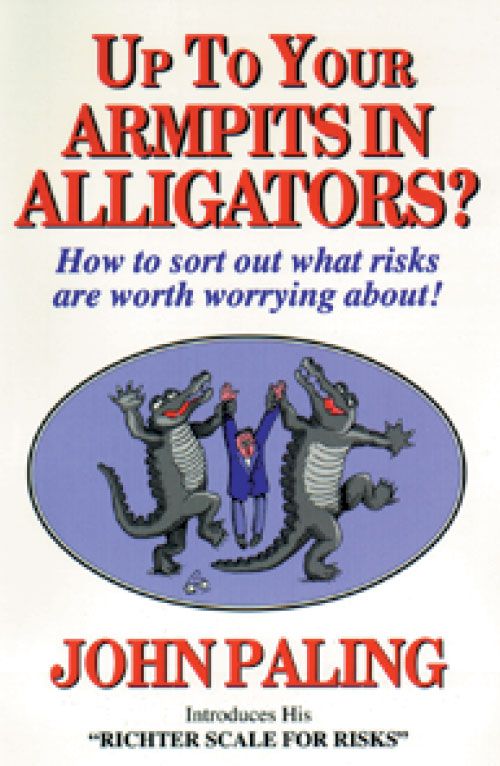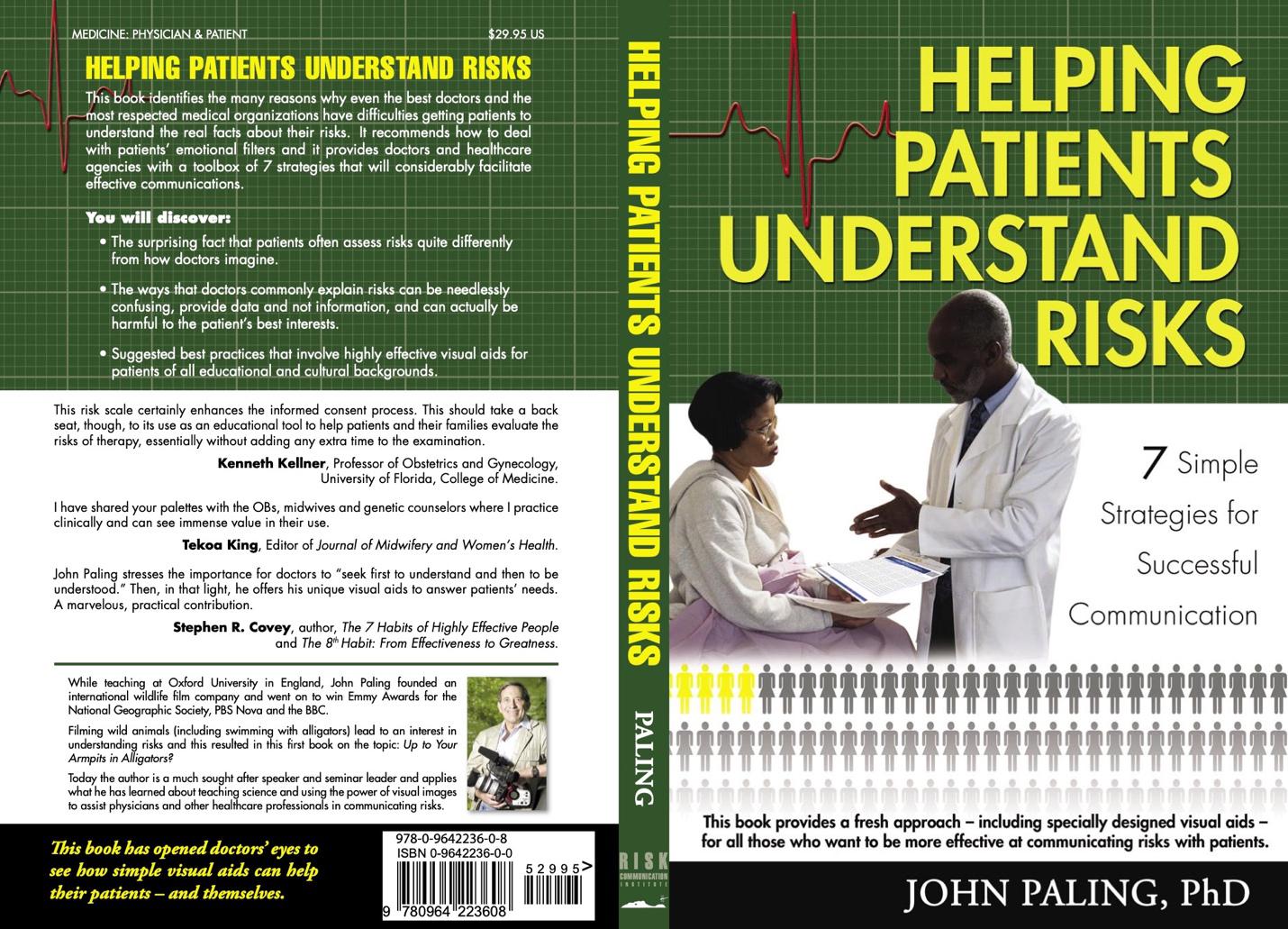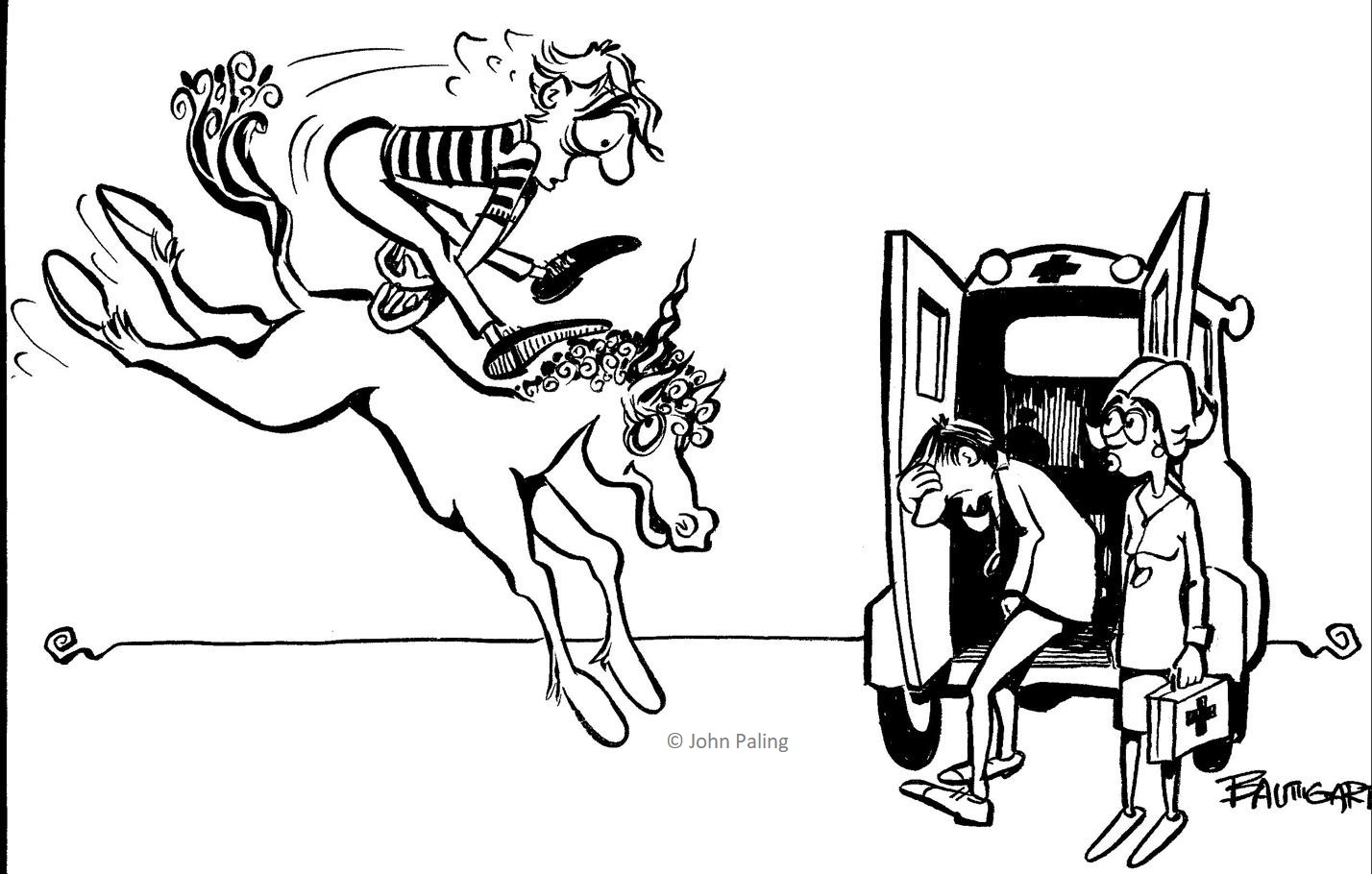The Risk Communication Institute has clients from a very wide variety of disciplines; from many medical and pharmaceutical organizations, to (taking some unlikely ones) the US Army chemical weapons sites, to ski resorts, to paper manufacturers to nuclear power stations.
Once familiar with the academic subjects of risk assessment and risk management, it becomes clear that ALL of life is full of decisions that involve the balance of risks and benefits.
See riskcomm.com.
Unexpectedly, having the US Environmental Protection Agency as a client for his environmental presentations lead to John developing simple new tools to enhance public understanding in a vast new area of knowledge that lead him to additional new careers. The EPA had recently become better funded but the staff there felt the agency was being asked to work on topics that the public felt were big environmental risks rather than what the experts at the EPA really knew were the biggest environmental risks.
Senior officers of the agency pointed out that the root of the problem was that there was no easy way for the public to judge the importance of different environmental risks, nor for that matter chemical, nuclear or any other category of risks. John was intrigued by the challenge and started out by thinking what would help him personally to get some perspectives about all the relative levels of seriousness of the different “worries of the week and the molecules of the moment” that were scaring the public at that time. Emboldened by his years in visual communications, he came up with several visual aids that to this day make a big contribution to helping solve the original problem. As a result, John founded and is still the driving force behind the Risk Communication Institute, an organization that offers visual tools to help people of all backgrounds better understand the risks and benefits of the choices they confront.
Most recently, he has expanded his consulting services to include “reputation risks”, an economically important new field that has grown enormously as a result of reviews on the internet.
All these services are backed by books, instructional presentations and an extensive website.
People who act as if reputational risks are a fairy tale, can soon be brought up short. It is wise to remember “Never Play Leapfrog with a Unicorn!”



